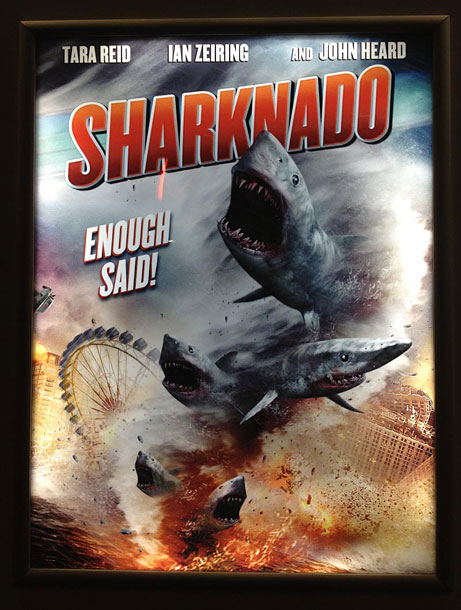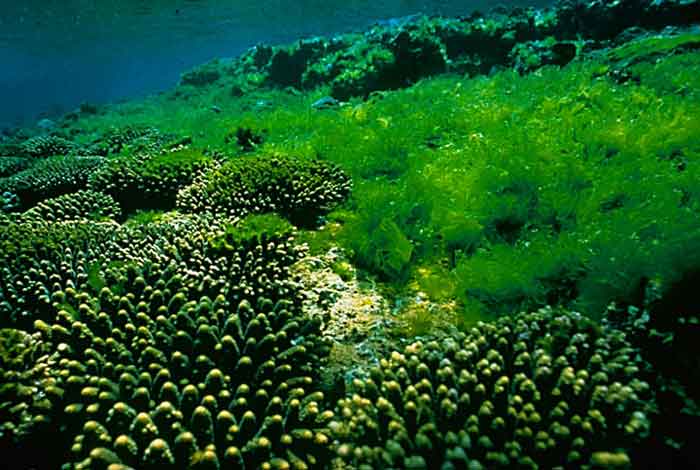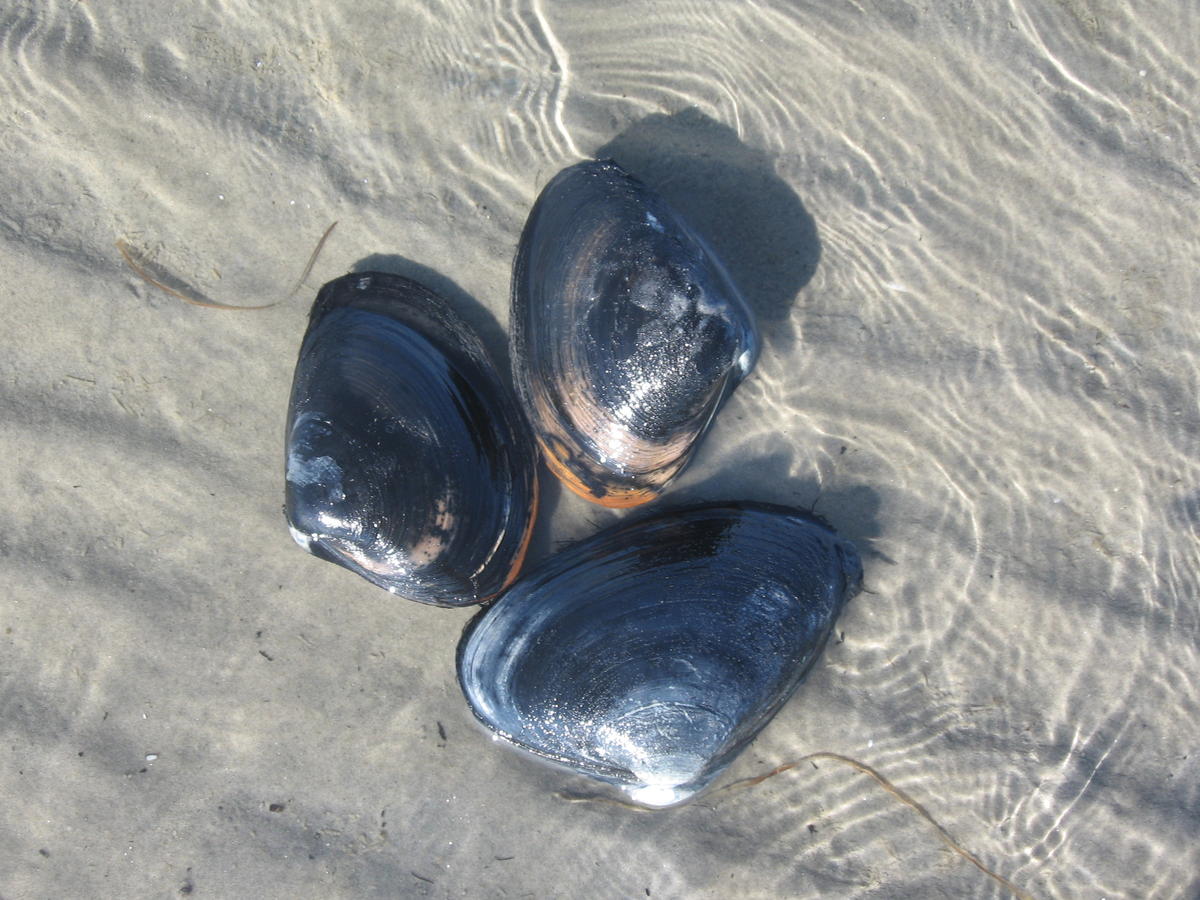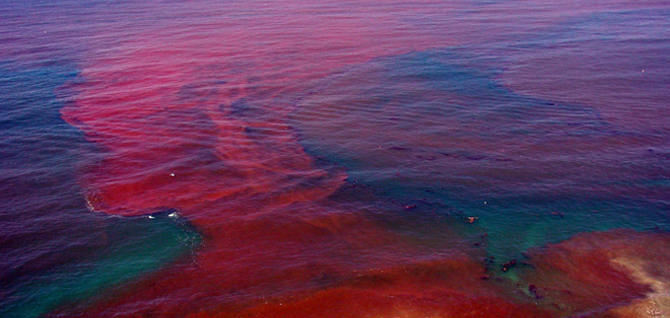The response to these attacks are nothing more than complete insanity. First of all, any human who enters the Ocean is stepping into the world of sharks, seals, dolphins, whales, etc, etc. The Ocean is NOT the world of humans. Humans frequently visit that world as seals visit our world to rest on the beach. We as humans have no right to say whether or not sharks should be allowed to live in certain areas. The bottom line is simple. Sharks have lived off of Reunion Island for much, much longer than humans have lived on the island. The island is home to two aggressive species of shark. The bull shark and the tiger shark, which as the article stated are being targeted for extermination. These two species of shark can also be found along the East Coast of the United States. They are aggressive, large sharks that are known to not prey on humans, but to accidentally bite surfers by mistaking them for seals, turtles, and other animals. Reunion Island needs to seriously take a look at the situation that they have on their hands and strongly consider the consequences of killing these animals.
For one, the shark populations off of Reunion Island probably not as well known as they are in other parts of the world. For all we know, it could be several small populations and that's it. Eliminating even a small number of those apex predators can have devastating consequences to the local ecosystems. The ecosystem around Reunion Island is apparently growing and it should be allowed to continue to grow. The sharks are there for a reason. Kill them and the ecosystem will fall out of balance and eventually implode. Reunion Island's response is going to do nothing for them either. They'll kill the sharks and what will happen? Chances are another surfer will at some point get bit. Then what? They'll kill more? There has to be an alternative to what they are doing.
From what I can see, it shouldn't be too difficult to establish a system where surfers, and swimmers in general for that matter off of whatever beaches these attacks are taking place to have a swim at your own risk sign. Have the shark warning signs, but make it abundantly clear to surfers that if they enter the world of sharks, they enter it with each other and that's it. The surfers are generally aware of that and many understand the risk that they are taking by paddling out. In fact some of the biggest conservationists in the world have been bitten by a shark and now dedicate their lives to saving that which bit them. So I really fail to believe that surfers would reject the idea of still being able to surf at Reunion Island even if it is a surf at your own risk area. People aren't going to stay away from the Reunion Island beaches. The thought of that is frankly stupid. Look anywhere else in the world... Florida, Australia, and South Africa come to mind where sharks are abundant. Do people stay away from those beaches? Sure a few people here or there might, but the vast majority still make it a point to get to those locations if possible. So the idea that the sharks may cause some kind of economic collapse is literally nothing more than an idea, and a poorly theorized idea at that.
Reunion Island needs to call off this senseless slaughter of the sharks. The justification is that there will be scientific research done. I have strong doubts that will actually be the case. There are plenty of slaughters that take place in the name of science, yet no scientific results ever come out, yes I'm looking at you Japan... Again, Reunion Island needs to back off of this archaic idea of killing sharks to make the Ocean safer and look into alternative ways to making their beaches safer or allow those who want to risk a swim to take that risk into their own hands.
So this summer is really shaping up to be an interesting summer when it comes to sharks here in New Jersey. Our neighbor to the North, New York has passed a law that will come into effect on July 1st, 2014 that will ban the sale, possession, and trade of shark fins. This law is very similar to the laws that have been passed by several other states, including Delaware, New Jersey's neighbor to the south. Needless to say what I am getting at here. New Jersey needs to join her neighbors and become a fin free state. In fact, you can check out Shark Angels and learn all about what you can do to help going about making New Jersey fin free!

http://sharkangels.org/index.php/get-involved/fin-free/fin-free
Next we have that Sci-Fi movie train wreck known as Sharknado. I personally have not seen the movie yet, but I hear that is is absolutely terribly good. One of those movies that are so bad, they're good kind of deal. I mean the movie poster really says it all...

I mean literally, it's a tornado of sharks.... Anyone who takes this movie seriously and becomes afraid of sharks as a result needs to take a step back and realize just what you are watching. From the looks of it, I'd say this is a combination of these two movies...


Seriously, this movie should not be taken for anything more than the Sci-Fi train wreck that it actually is. Sharknado II is supposed to be coming out eventually and is going to take place on the East Coast, possibly New York. Again, people I beg of you do not let these terrible films dictate your feelings towards these animals. No shark is going to be tossed from a tornado and proceed to eat you. It's just not going to happen...
So the final topic of the evening now that that train wreck is out of the way... New Jersey has seen several great white sharks come by. Two of which were actually filmed on camera. Both were seen off of Atlantic City. Neither shark attacked a person. One shark was seen um...... "Attacking" a dead dolphin...... Which I'll come back too.... The other gently bumped the boat the people were on and then left. Now I want to clarify something that the media is trying to blow up by using the word "attack"... I know this may be hard to believe, but sharks eat dolphins. Sharks are scavengers as well as predators meaning sharks will eat dead dolphins. In New Jersey, we are currently having a huge problem in which dolphins are being killed by commercial fisherman, literally, one was found with a gash from it's throat to it's stomach. To a great white, that's a nice meal.
Correct me if I am wrong. When we say an animal is attacking another animal, normally we mean that there is some form of intent from one animal to injure or consume the other. When the animal is dead we normally say, the animal proceeded to eat the other animal. So all over the news today i see... Shark attacking dead dolphin... I'm sorry, but what now? Try shark filmed eating a dead dolphin. The shark isn't trying to injure or kill a dead animal. That word "attack" when it comes to sharks is so misused, it's almost sickening. The only thing that sharks truly attack are living large fish, small fish, shell fish, marine mammals, marine birds, etc. See where I'm going with this. Scavenging and attacking are far far apart, but low and behold the media uses that word attack and instills fear of sharks yet again.
Thank you all for reading once again. Sorry again for the delay and lack of blogs, but I am trying and more will be up soon. So until then... Stay tuned!







